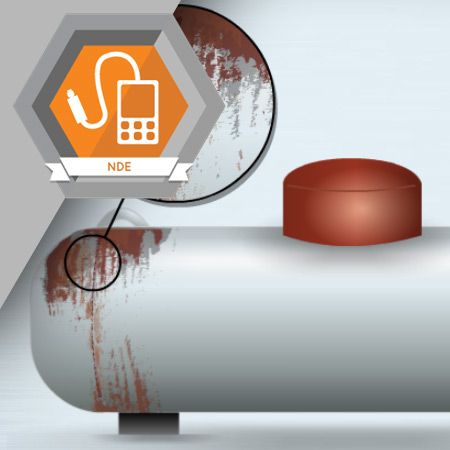
Visual testing is the most common method of nondestructive testing. In fact, most nondestructive applications rely on a visual assessment of parts or components prior to applying their specific test inspection method. Without visual testing, discontinuities, such as cracks in aircraft parts, may be missed, potentially leading to life-ending tragedies.
Estimated completion time (hours): 1.1
Objectives
By the end of this course, you will be able to do the following:
- Define nondestructive visual testing
- Understand the history of visual testing
- List applications of visual testing
- Define common terms associated with visual testing
Learning Paths
- Nondestructive Examination
Estimated Time (Hrs): 1.1
Language: English
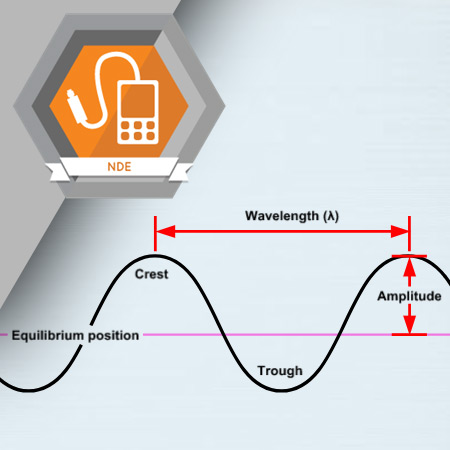
Light and vision are key factors in the success of visual testing. Detecting discontinuities depends on how well a technician can see them, which is influenced by the quantity and direction of light.
Estimated completion time (hours): 2.6
Objectives
By the end of this course, you will be able to do the following:
- Describe the physics of light
- Understand the difference between artificial and natural light sources
- Recognize the effect of different amounts of light and light direction on visual testing
- Define key terms related to light and vision
- Know how to measure illumination
- Understand reflected and refracted light
- Learn about different types of lenses
- Describe how the human eye processes light
Learning Paths
- Nondestructive Examination
Estimated Time (Hrs): 2.6
Language: English
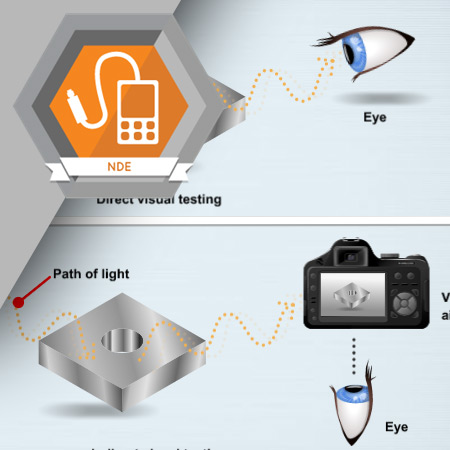
An NDE technician may conduct visual testing directly or indirectly. While direct visual testing gives the technician an uninterrupted line of sight to the test object, indirect visual testing requires the use of visual aids to achieve a line of sight to the test object.
Estimated completion time (hours): 1.5
Objectives
By the end of this course, you will be able to do the following:
- List the basic techniques used in visual testing
- Understand the differences between direct and indirect visual testing
- Understand the difference between local direct visual testing and general visual testing
- Nondestructive Examination
Estimated Time (Hrs): 1.5
Language: English

An NDE technician may use several different types of equipment and optical aids to perform visual testing. In this course, you will discover how a borescope, fiberscope, and videoscope work. You will also learn the roles cameras and resolution charts play in visual testing.
Estimated completion time (hours): 0.6
Objectives
By the end of this course, you will be able to do the following:
- Identify the parts of a borescope
- Understand the differences between a borescope, fiberscope, and videoscope
- Understand the role a camera plays in indirect visual testing
- Identify the parts of an indirect visual test system
Learning Paths
- Nondestructive Examination
Estimated Time (Hrs): 0.6
Language: English
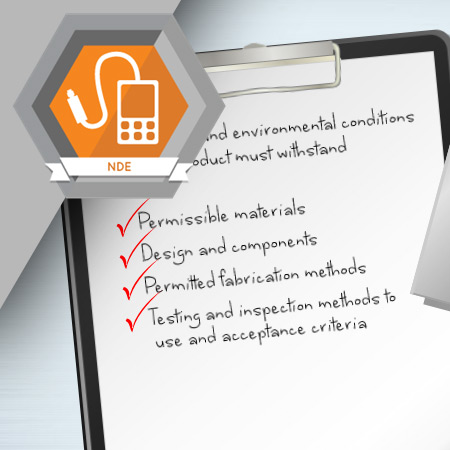
In this course, you will find out about the hierarchy of standards, which dictates the general requirements a test product must meet. You will also learn about other standards that may be required and what to do when the standards conflict.
Estimated completion time (hours): 0.9
Objectives
By the end of this course, you will be able to do the following:- Understand the hierarchy of standards
- List the requirements of the design standard
- Know what to do in case of a conflict between standards
- List what procedure documents need to include
Learning Paths
- Nondestructive Examination
Estimated Time (Hrs): 0.9
Language: English
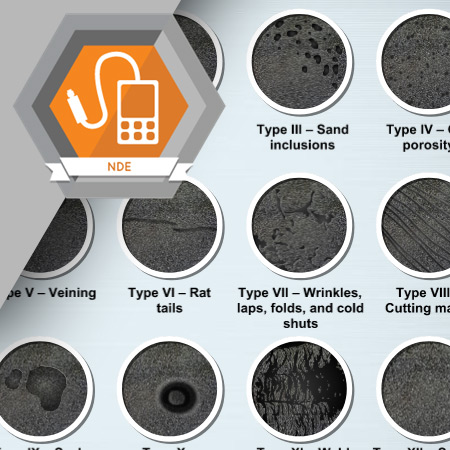
Standards play an important role in visual testing. Depending on the standard required, the NDE technician can compare the test object to photographs, actual replicas of surface irregularities, and written criteria.
Estimated completion time (hours): 1.0
Objectives
By the end of this course, you will be able to do the following:
- Understand how photographs and replicas of surface irregularities are used in visual testing
- Know the differences between comparators for the same type of surface irregularity
Learning Paths
- Nondestructive Examination
Estimated Time (Hrs): 1
Language: English
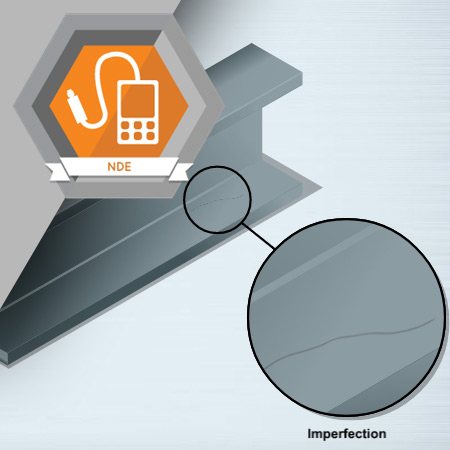
In this course, you will learn the difference between an imperfection and a defect. You will also discover discontinuities common in rolling and drawing.
Estimated completion time (hours): 0.9
Objectives
By the end of this course, you will be able to do the following:- Understand the difference between an imperfection and a defect
- Recognize typical discontinuities of rolled products
- Know how to measure a discontinuity’s depth
- Identify common discontinuity arrangements
- Understand the process for repairing affected areas
Learning Paths
- Nondestructive Examination
Estimated Time (Hrs): 0.9
Language: English
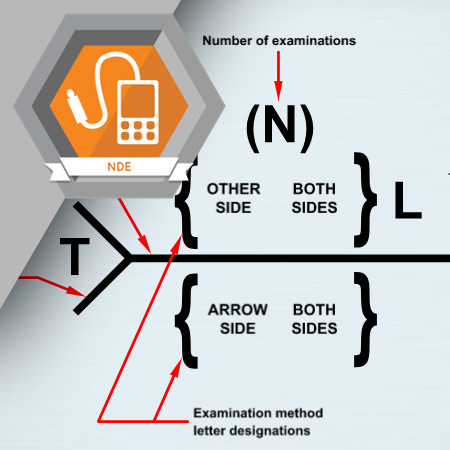
In this course, you will find out about the process of visually testing welds. You will also discover the importance of meeting acceptance standards, as well as the information required on a typical visual test report.
Estimated completion time (hours): 1.4
Objectives
By the end of this course, you will be able to do the following:- Understand NDE examination symbols used on engineering drawings or instructions
- Describe the process of visually testing a weld
- Understand when visual testing of a weld may occur
- Understand what to look for during each stage of the welding process
- Know what basic information is needed for a visual test report
Learning Paths
- Nondestructive Examination
Estimated Time (Hrs): 1.4
Language: English
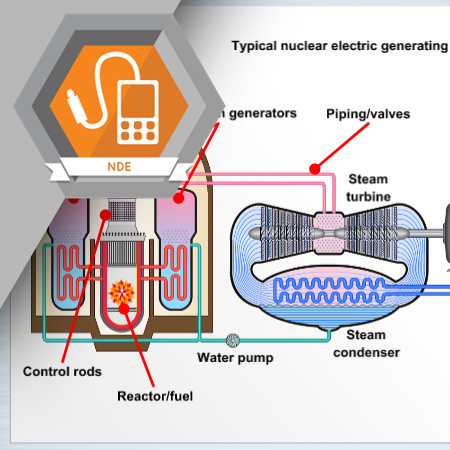
In this course, you will become acquainted with common industrial components, such as storage tanks, pressure vessels, piping, valves, pumps, hangers, and supports.
Estimated completion time (hours): 1.4
Objectives
By the end of this course, you will be able to do the following:
- Understand the working principles of common industrial components
- Describe different types of valves
- Describe three different functions of valves
- Describe different types of pumps
- Describe different types of hangers and supports
- Describe the operation of common industrial components
- Identify discontinuities common in industrial components
Estimated Time (Hrs): 1.4
Language: English
